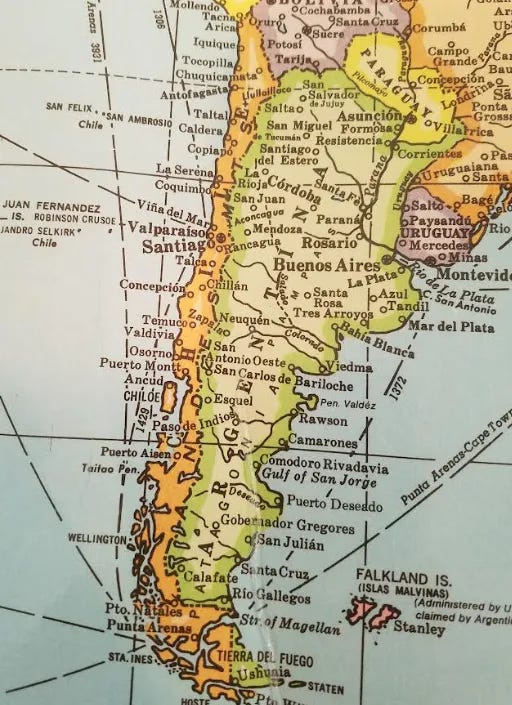Argentina: Trichinosis outbreak in Córdoba, Linked to homemade sausages
The Ministry of Health of Córdoba, Department of Zoonoses, reported that 41 cases of trichinosis were registered in five localities of the province of Córdoba.
Of this total number of cases, three are hospitalized and the rest are making good clinical progress with outpatient care . In addition, they reported that 14 cases were detected in the city of Córdoba; 6 in Río Cuarto; 17 in Costa Sacate; 2 in Las Arrias and 2 in Los Molinos.
According to the epidemiological investigation carried out by the agency, it was found that these outbreaks were due to the consumption of home-made sausages purchased in shops in these towns. The exception was recorded in Las Arrias, where the cases would be associated with the consumption of food prepared in a home-made slaughterhouse.
Georgis' Parasitology for Veterinarians
Following this outbreak, the government of the province of Córdoba continues with the action and control measures in these five localities to avoid possible new cases.
In addition, the community was warned to avoid buying and consuming salami and pork sausages in unauthorized places or without the proper sanitary inspection. And, in case of having homemade food or food of dubious origin, they should stop consuming it and reserve it so that it can be removed by the corresponding food control area.
Trichinosis is a parasitic disease caused most commonly by the roundworm Trichinella spiralis. If someone ingests undercooked or raw meat with the encysted larvae, the stomach acid releases the larvae which mature to adults in the intestine.
After about a week the female starts releasing larvae which enter the bloodstream and find their way to skeletal muscle where they encapsulate.
There can be gastrointestinal symptoms mimicking acute food poisoning when there is activity of the adults in the intestine.
Subscribe to Outbreak News TV on YouTube
Sudden appearance of fever, muscle soreness and pain with swelling of parts of the face is early classic signs. This can sometimes be followed by retinal hemorrhages and other ocular signs.
With heavy infections cardiac, respiratory and neurological problems may ensue with death by heart failure being most common. The more larvae you ingest, the more serious the disease.
What preventive measures are available?
• Cook all fresh pork, pork products and meat from wild animals to where all the meats reaches 160° F. The meat should turn from pink to gray.
• Freezing pork at -13° F for at least 10 days will kill the cysts. The exception to this rule is strains of Trichinella found in walrus and bear meat which are cold-resistant and must be cooked as noted above.
• Smoking, salting or drying meat is not effective.





